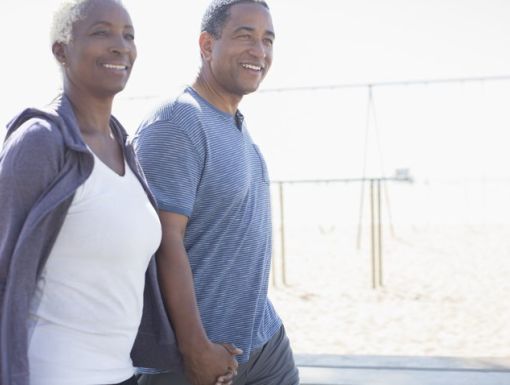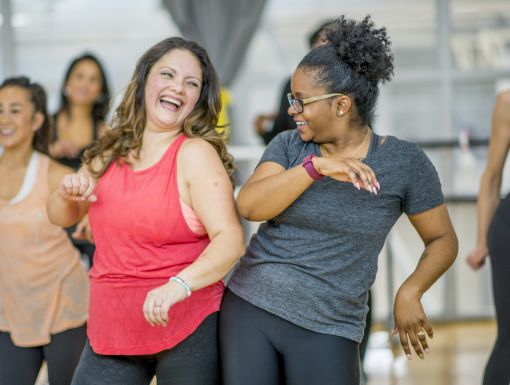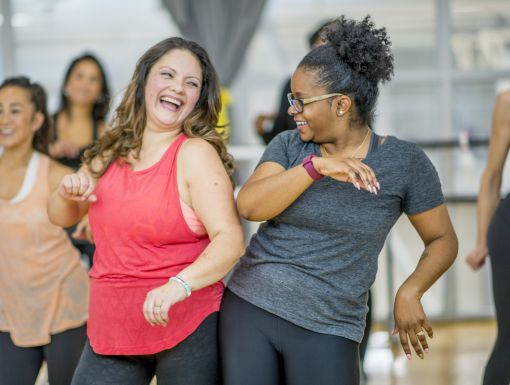
Is It Good for You to Wear a Weighted Vest?
Weighted vests have been around for a long time. It may train you well for backpacking, rucking (walking or hiking while carrying a weighted vest or pack), or trail hiking. You see these vests at the gym at parks, and on hiking trails. Is it right for you? What are the benefits to your skeleton, and what are the risks that may affect your choice? Let’s take a look at the research.
Is wearing a weighted vest good for losing weight?
Two studies show that weighted vests might help you lose weight and keep weight off.
In a study in the International Journal of Obesity, a pilot study tested whether wearing a weighted vest during a six-month diet helps older adults keep weight off later.
It followed 18 adults around age 70 with obesity for 24 months; half wore a weighted vest during the diet, and half did not. After six months, both groups lost a similar amount of weight. By 2 years, the vest group kept more weight off, regaining about half of what they lost, while the no-vest group regained almost all of it.
The vest group also had a much smaller drop in resting metabolic rate during the diet, and a smaller drop in metabolism was linked to less weight regain.
The main takeaway is that using a weighted vest during dieting may help maintain weight loss by preserving metabolism, but the study was small and needs to be confirmed in larger trials.
And in a study in the Lancet, researchers tested whether adding extra weight to the body each day can help people with obesity lose weight and body fat. In this short trial, adults with obesity wore special vests for about 8 hours a day for 3 weeks. One group wore heavy vests (about 11% of their body weight), and another group wore light vests (about 1% of body weight).
The people wearing the heavy vests lost more total weight and more body fat than those wearing the light vests. The results support the idea that the body may “sense” extra loading and adjust weight and appetite in response.
However, the study was small and short. The weight loss was modest, and we don’t know if the results last. More, longer studies are needed to see how well this works for long-term weight management.
Do weighted vests help with bone loss?
The results are mixed as to whether weighted vests can help with bone loss.
According to a study in the Journals of Gerontology, weighted vests can be helpful for bone mineral density by preventing significant bone loss in postmenopausal women.
Researchers wanted to see if a long-term exercise program could help protect hip bones in postmenopausal women. They followed 18 women for five years. Nine women did a program three times a week that used a weighted vest and jumping exercises. The other nine stayed active but did not do this program.
At the start, both groups were similar in age, size and bone strength. After five years, the women who did the weighted vest and jumping kept their hip bone strength about the same (some areas even improved a little). The women who didn’t do the program lost bone density in all parts of the hip.
Researchers concluded that the weighted vest plus jumping exercises regularly for five years can help older postmenopausal women maintain hip bone strength and may lower their risk of hip fractures. The program also seemed easy to stick with over time.
In another study, however, researchers tested whether a weighted vest or resistance training can prevent hip bone loss when older adults with obesity lose weight.
It included 150 adults around age 66 who followed one of three plans for 12 months: weight loss only, weight loss with a daily weighted vest, or weight loss with resistance training.
All groups lost about 9% to 11% of their body weight and about 1% to 2% of hip bone density.
The weighted vest did not prevent hip bone loss, and resistance training did not prevent it either.
Resistance training improved strength and reduced body fat more, and both the vest and training slightly increased bone-building markers.
The main takeaway is that neither approach stopped hip bone loss during weight loss, so additional strategies are needed.
What are the negatives of weighted vests?
The AARP says weighted vests are not recommended for people with chronic back, knee or shoulder pain. If you have any questions about whether you should use a weighted vest, talk to your doctor.
How heavy should a weighted vest be?
Consider starting with a light weight, 5% of your bodyweight, and only adding more weight up to 10% of your bodyweight. Exercises you can try while wearing the vest including squats, step-ups, and lunges, as well as walking.
A few caveats are to stop if you feel pain or discomfort. Also, be careful of your posture and avoid back or front-bending movements or twisting motions.
So, here’s a new way to work out, and a chance to see if you can feel stronger. You might find that this piece of equipment motivates you to work out regularly!
Learn more about Ochsner Fitness Center



